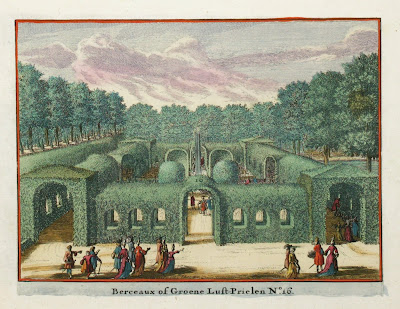I *think* some of those objects are meant to be body organs.


comparative anatomy

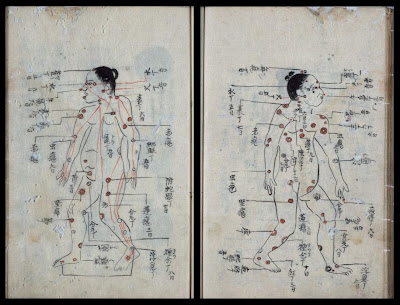

I think those circular figures are the legend for the anatomy points
(pressure or energy or acupuncture) in the body charts. [It took me a
while - I thought they were cross sectioned veins or blood cells at first]
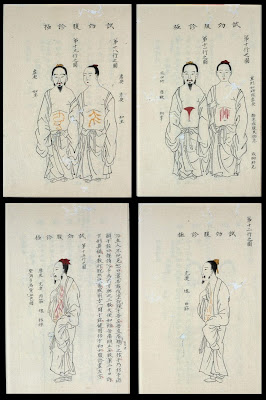



All the different flavours of pinkeye.

Umm...

I'm sure I've posted that figure on the right previously. You have to wonder
how they came to be so stylized. Ignorant artist? Intentional for teaching
purposes? Or perhaps it was just the result of copying from a narrow range
of source material during the foreign exclusion in the 17th/18th/19th centuries?



I'd be thinking 'alien impregnation' rather than dermatological
condition if I woke to see anything like those faces in the mirror.

The artist had obviously been perusing European anatomy texts.

'How to silence and change your baby at the same time'.
Actually, there was another book with a very similar illustration but it
was more in the way of clearing a choking child's mouth. However, the poses
and the faces here don't really project 'care' so much as rabid infanticide.
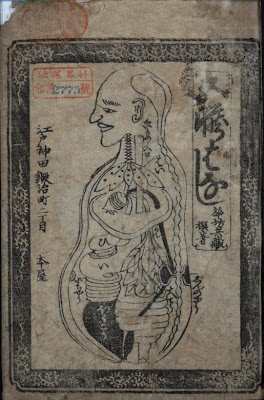


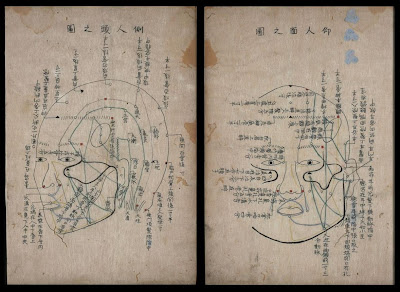



[click to enlarge images to full size]
This assembly of illustrations comes from the first half of the 112 rare Japanese medical texts online at Kuyshu University ('List of Titles').
Many of the 56 books are are more like short pamphlets and there are a couple of herbals and 2 or 3 books on devices such as instructions to build a humidifier. As you can see above, a lot of the pages have suffered extensive silverfish or other vermin damage, so it's a good thing they've digitized the collection. I'll look through the other half of the books in the future.
Addit: See Part Two.

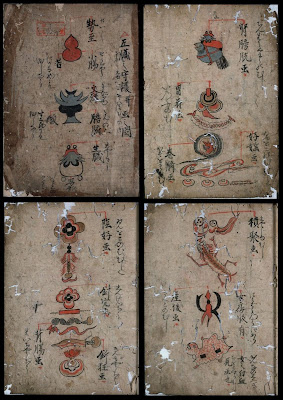



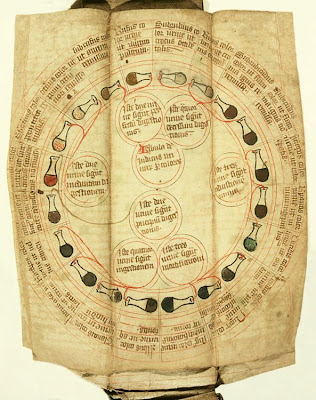



















![General view of the beautiful park of Sorgvliet [Zorgvliet] General view of the beautiful park of Sorgvliet [Zorgvliet] by Johannes Aveele](https://blogger.googleusercontent.com/img/b/R29vZ2xl/AVvXsEijBfKRq_ZQ4g4n0GFDHnuZy9HptHaccDNJ07WPrQ-UlPUcHlG6RvTl3NC8iJtPvzYOqA1JyFy9s7P2Nj77gDsW5jAQ_30vzFiWAvON1JxhLudfDjZWCCQ18cW-QOloXyfz08v6/s400/General+view+of+the+beautiful+park+of+Sorgvliet+%5BZorgvliet%5D+Johannes+Aveele+a.jpg)









![One of the most beautiful views of the parterre of the park of Sorgvliet [Zorgvliet] One of the most beautiful views of the parterre of the park of Sorgvliet [Zorgvliet]](https://blogger.googleusercontent.com/img/b/R29vZ2xl/AVvXsEhvidwN95ra40AG694038vEDw6DZCvqM12QIgjuKtzYuAVTx0WX4o68WFa35PUdkYx18-o3Vhi0J3sGITs5il60wsLQUyPms6-w-vMalNz7GfEHSHIN7p2WcVTIIThPBQgoxDWk/s400/One+of+the+most+beautiful+views+of+the+parterre+of+the+park+of+Sorgvliet+%5BZorgvliet%5D.jpg)

![Fountain in the latticework gate [next to the parterre garden] Fountain in the latticework gate [next to the parterre garden]](https://blogger.googleusercontent.com/img/b/R29vZ2xl/AVvXsEiC5lXfAOLJxn2yqK-xXlJTlQVFMppUunfgu1oXhd9OKCtxzmI2KEbjNwRf3VIGmiKzJ_hlY0OZSYGO_89feezWz2CVLMMXGXb1p3Q2pVL0KOE6mbe5eGhGBZZZKfn5kY9YATx4/s400/Fountain+in+the+latticework+gate+%5Bnext+to+the+parterre+garden%5D.jpg)

